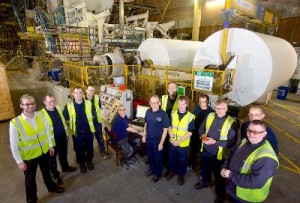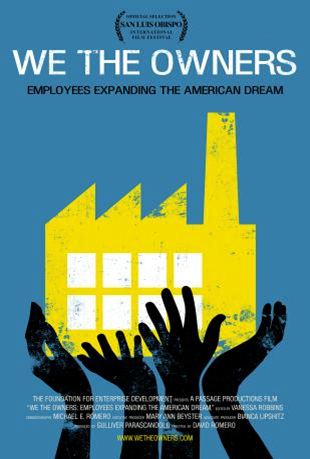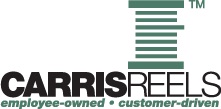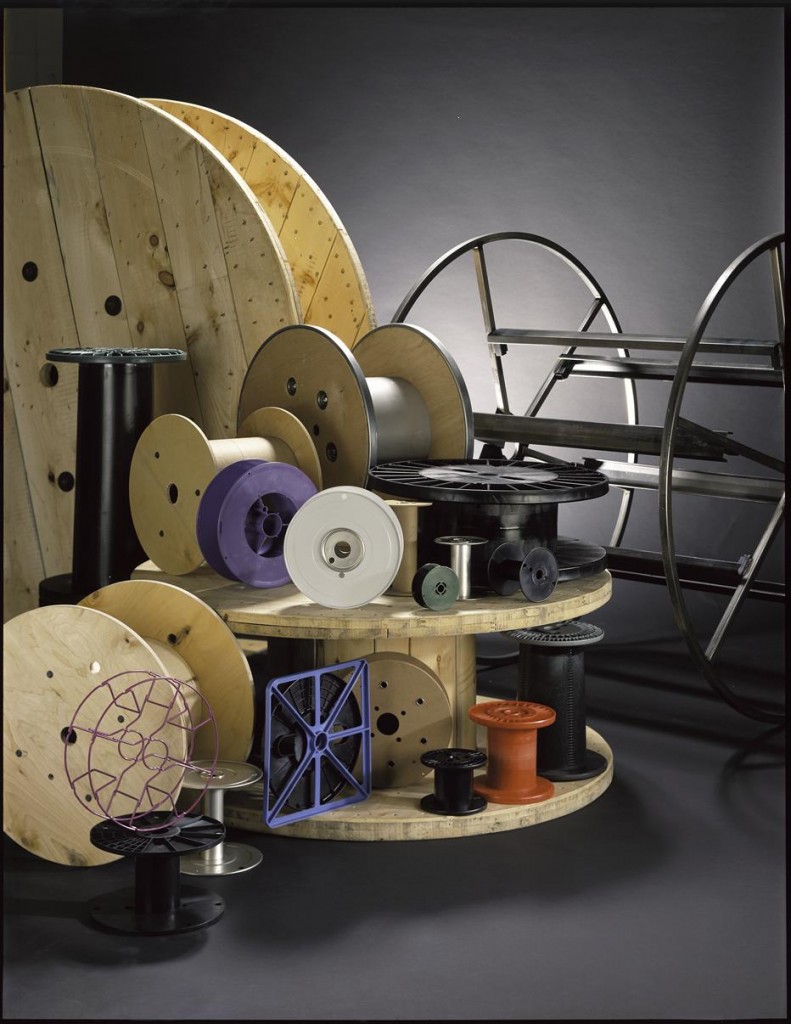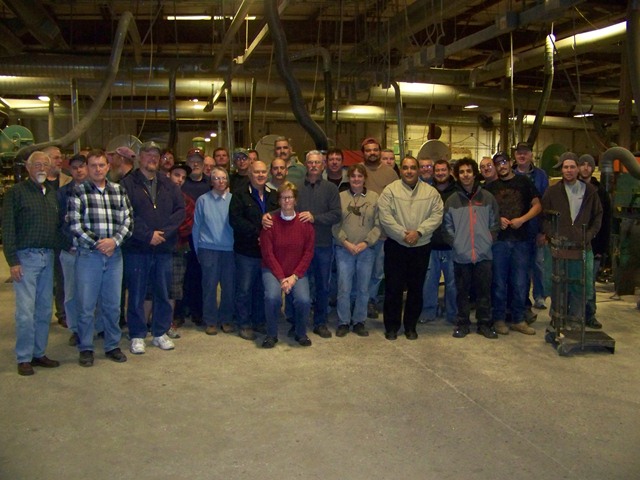 Recently, Alan Spence, a founder of hydrocarbon accounting firm Accord Energy Solutions, told us why he was eager to share his thoughts on employee ownership (EO) when he spoke at the National Economic Forum in Dundee last month.
Recently, Alan Spence, a founder of hydrocarbon accounting firm Accord Energy Solutions, told us why he was eager to share his thoughts on employee ownership (EO) when he spoke at the National Economic Forum in Dundee last month.
Here, in the second of his two-part feature, Alan discusses how employee ownership and investing in staff has helped his company succeed.
As a company, Accord’s goals are very simple; we want to be a successful business with a long-term future. To achieve this we need to provide our clients with a quality service at a competitive price and we rely on all of our people to ensure this happens.
We pay competitive salaries and provide a good benefits package but we recognise that these things alone won’t necessarily allow us to attract, retain and develop the best people. There has to be something more.
For us, it all starts with knowledge and understanding. Every month we get together for a staff meeting. We meet in the office or join in by conferencing and desk-top sharing. We examine and discuss every aspect of the business.
From admin and IT, through to the monthly management accounts and new business opportunities, we take time to cover it all. I think it’s fair to say that every employee knows enough about the business to understand how we’re performing and why the management team makes the decisions it does.
We also believe our staff should have significant control over their own personal development. Each individual has their own annual training budget (currently £1,800) they can spend on whatever training they feel they need.
For some, the training can be job specific – developing a deeper understanding of a familiar concept or learning about a new technique or process. Others may want to know more about business processes; accounting and finance or benefits and taxation. Not only does this help the employee grow and develop it also benefits the business by increasing our overall capability in so many different ways.
As a company with aspirations for a long-term future and a strong presence in the local community, we believe it’s important to contribute to the community. We do this in two different ways; by sponsoring local sports organisations – such as Garioch Sports Trust, Curl Aberdeen, Aberdeenshire Cricket Club and Ride the North – and by supporting local and national charities that are nominated by employees.
Beyond this, we think it’s important that employees play a major part in the key decisions. Recently our employees determined how bonuses should be paid and they are now in the process of deciding how we develop the company so it meets their current and future aspirations.
We will all be meeting in Aberdeen next month to work through this process together. Our plan is to shape our company in a way that benefits all of us and stands the business in good stead both now and in the future.
Any or all of these things and many more can be done by any company – you don’t have to be employee owned – and will result in improvements across the board. I say this based on my experience in both small local and large multi-national companies, and after hearing first-hand the experience of people like John Reid at Michelin Dundee.
However, when you’re ready to take things beyond this to the next level you may want to consider employee ownership, it could be the best thing you do for your business.
 Co-operative Development Scotland’s
Co-operative Development Scotland’s